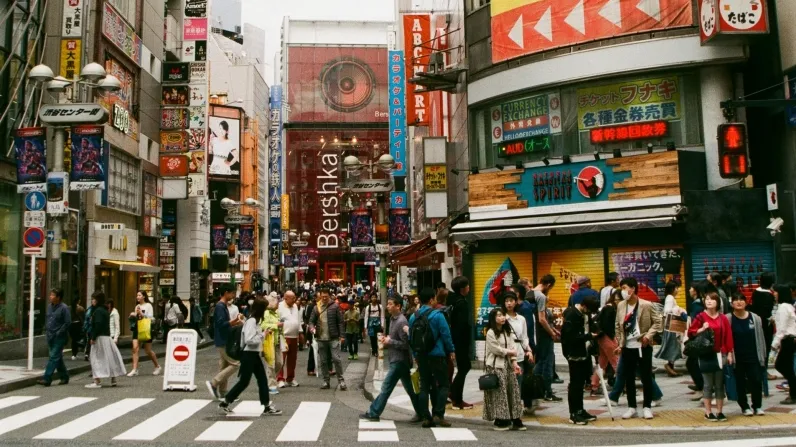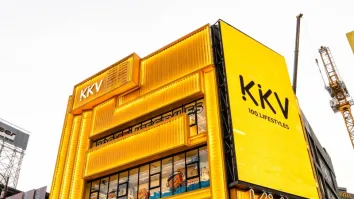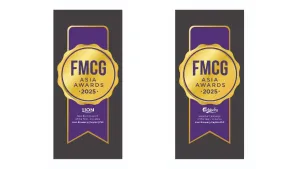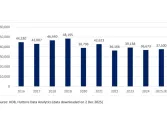
Tourism and 'revenge' spending drive Asia's retail sector growth
Key cities like Tokyo, Seoul, and some major Australian markets have seen growth in retail sales due to tourism.
The retail sector in Asia is improving, driven by post-pandemic spending and increased tourism, according to a whitepaper from global real estate investment manager Hines.
The Retail’s Next Act report said key cities like Tokyo, Seoul, and some major Australian markets have seen growth in retail sales due to tourism. For instance, Tokyo's surge in High Street prime rents highlights how tourism boosts retail activity and property values.
Globally, the retail sector is emerging as a promising investment opportunity after a prolonged period of upheaval, it added.
The report highlighted several indicators of retail's potential recovery. Retail spaces have adjusted to meet current demand realities, with constrained supply leading to a recalibration of brick-and-mortar retail as e-commerce growth slows. Low vacancy rates and positive global economic trends, including rising wages and strong consumer demand, are fueling growth in retail consumption.
Additionally, various retail subtypes are showing positive net operating income growth in the U.S., and rent growth in Europe and Asia, despite a decline in pricing. The presence of grocery anchors is proving beneficial for open-air retail formats in the U.S. such as power, neighborhood, and community centers.
Moreover, regional tourism is enhancing retail activity and property fundamentals, bolstered by increased spending as consumers recover from the pandemic.
“We believe a new era for certain types of retail is here,” said David Steinbach, global CIO of Hines. “Retail fundamentals appear strong in many markets around the world, creating a powerful case for real estate investors to pay close attention to this sector,” he said.
Michael Hudgins, senior managing director of Hines Research, added: “In our opinion, we’re seeing that winners in this sector have been sorted after years of little new development, and what seems to be a levelling off of e-commerce’s encroachment on brick-and-mortar’s market share.”

















 Advertise
Advertise





